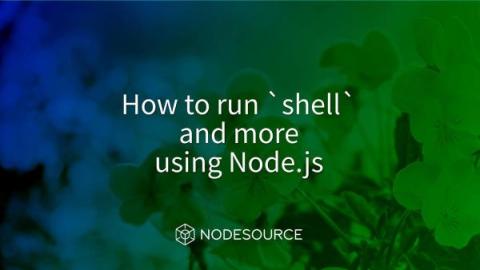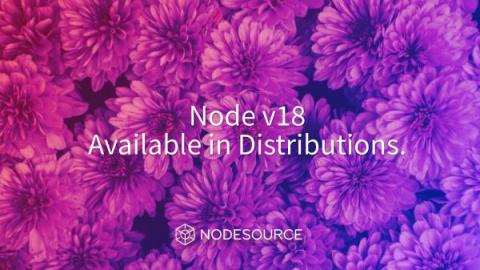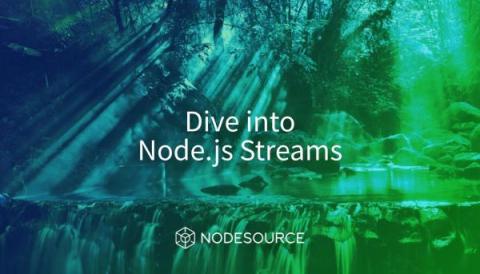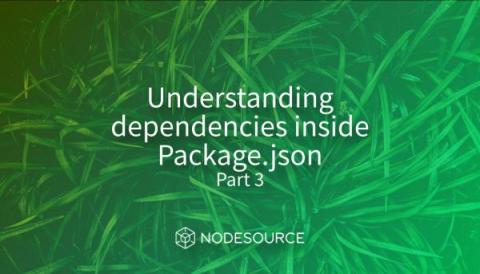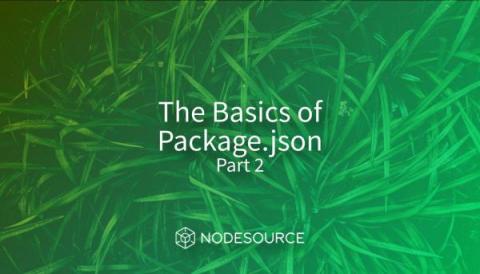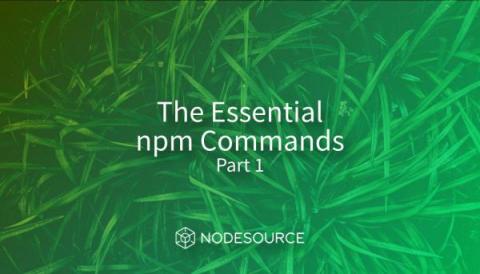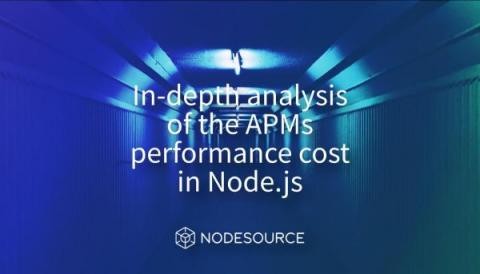How to run `shell` and more using Node.js
Sometimes an application needs more than Node.js to develop and bootstrap itself. Maybe the project needs some automation from a different programming language than JavaScript; even in that scenario, Node.js can run those required tasks; with that, your whole application could be easier to maintain and won’t have a lot of technologies mixed in the same project.


